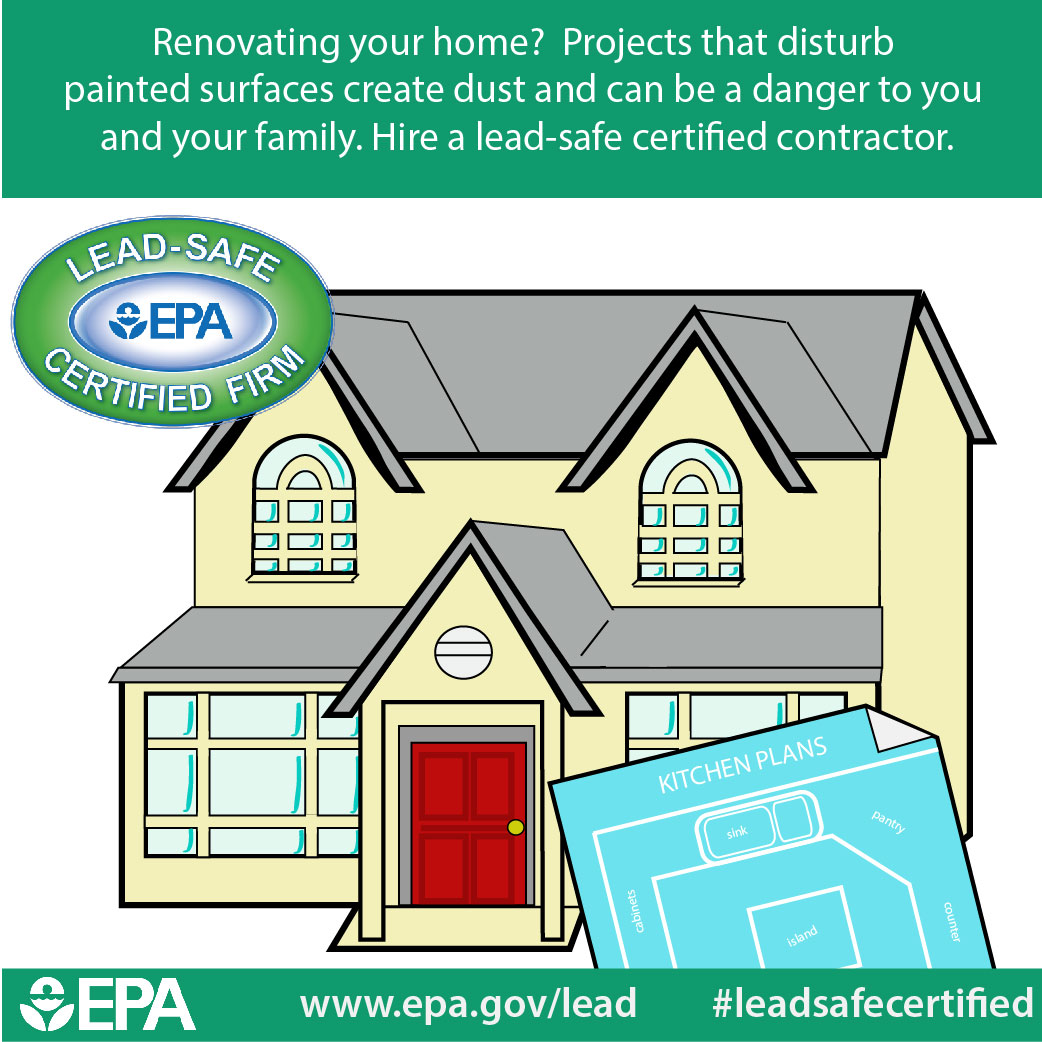Have You Assessed Why Your Painting Results Were Not As Expected? Find Out About The Usual Blunders That Could Be Endangering Your Initiatives
Have You Assessed Why Your Painting Results Were Not As Expected? Find Out About The Usual Blunders That Could Be Endangering Your Initiatives
Blog Article
Writer-Carpenter Gundersen
When you're planning to paint your walls, it's simple to ignore some crucial information that can make or damage your job. You could think picking any kind of paint will certainly do, or that surface area preparation isn't necessary, but these choices can lead to irritating outcomes. You'll intend to stay clear of usual challenges like overwhelming your brush or hurrying the drying time in between coats. Understanding these mistakes can save you time and effort, however there's even more to think about if you want a remarkable surface that lasts. Let's explore what you may be missing.
Picking the Wrong Paint
Selecting the ideal paint is crucial for attaining a smooth, expert surface on your walls. If you choose the wrong kind, you'll quickly find yourself facing problems like peeling off, fading, or irregular shade.
Beginning by thinking about the paint's base. Water-based paints are excellent for very easy cleaning and fast drying out, while oil-based options are suitable for sturdiness in high-traffic locations.
Next off, think about the coating. Matte coatings hide flaws well however can be hard to clean. Satin or eggshell coatings use a balance in between appearances and washability, making them suitable for many spaces.
For locations prone to moisture, like kitchens and bathrooms, choose a semi-gloss or gloss paint, which withstands mold and mildew and mildew.
Don't neglect to inspect the color. Test examples on your wall surfaces to see exactly how they search in different illumination throughout the day. Illumination can drastically transform exactly how a shade shows up, so this step is important.
Avoiding Surface Area Prep Work
Among the largest errors home owners make is skipping surface preparation before paint. You could believe you can just get hold of a brush and beginning, however that'll bring about a less-than-stellar surface. Proper preparation is crucial for a smooth and long-term outcome.
First, analyze your walls for any kind of flaws like fractures, openings, or peeling paint. Filling up those gaps with spackle or caulk makes sure an uniform surface.
Don't fail to remember to sand the location once it's dry, as this creates a far better surface area for the paint to abide by.
Next, clean your walls to get rid of dirt, oil, and crud. A straightforward blend of soap and water can do marvels. If your walls are especially filthy, take into consideration using a degreaser.
Lastly, using a guide is typically overlooked but can substantially boost the end result, particularly if you're painting over a darker shade or a surface area that's been previously repainted.
A great primer improves attachment and assists cover any type of stains.
Improper Application Techniques
Using paint with the wrong methods can bring about uneven protection and a frustrating coating. One typical error is using the incorrect type of brush or roller. See to it you select a device that fits the paint kind and the surface texture. For smooth walls, a fine-nap roller functions best, while textured surface areas may call for a thicker snooze.
An additional concern is applying excessive paint at the same time. Rather, apply slim, even layers. This not only prevents drips but additionally makes sure much better attachment. If you discover runs, don't panic-- simply take a brush and smooth them out promptly.
Likewise, remember to keep a damp edge. https://www.bhg.com.au/12-tips-painting-house indicates overlapping your strokes while the paint is still damp to avoid noticeable lines.
Ultimately, stay clear of paint in straight sunlight or high humidity, as this can trigger the paint to dry too swiftly, causing blistering.
Verdict
To sum it up, avoiding usual painting mistakes can make a big difference in your project's outcome. Always choose the ideal paint for the work, never ever skip important surface prep work, and utilize appropriate application techniques to make certain a smooth surface. Take your time in between layers and don't overload your brushes or rollers. By complying with these tips, you'll accomplish a professional-looking outcome that you can be happy with in your house. Pleased painting!
